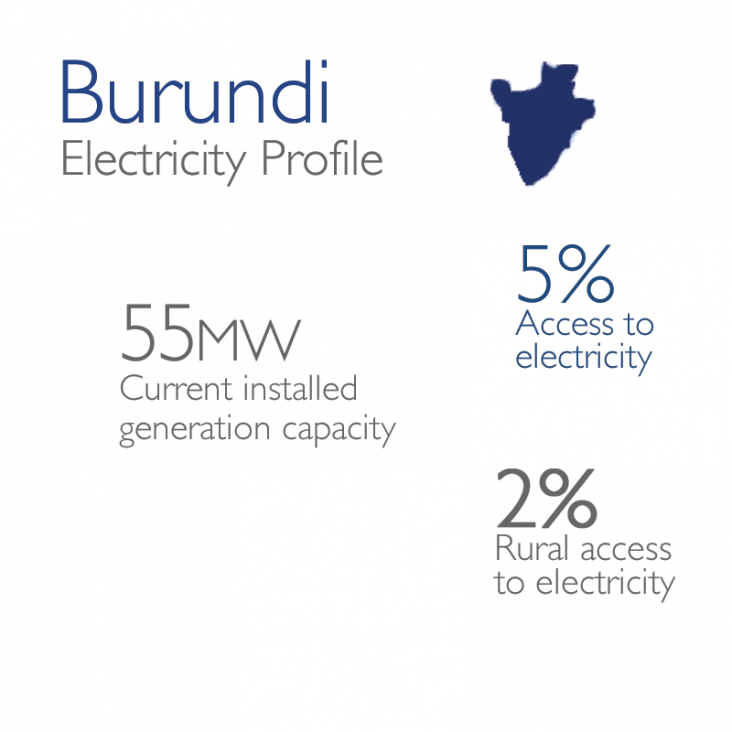- Where We Work
- Interactive Map
- Afghanistan and Pakistan
- Africa
- African Union
- Power Africa
- About Us
- How We Work
- Partners
- News & Information
- Power Africa Toolbox
- Where We Work
- Angola
- Benin
- Botswana
- Burkina Faso
- Burundi
- Cameroon
- Chad
- Côte d`Ivoire
- Democratic Republic of the Congo
- Djibouti
- Eritrea
- Ethiopia
- Gabon
- Gambia
- Ghana
- Guinea
- Guinea Bissau
- Kenya
- Lesotho
- Liberia
- Madagascar
- Malawi
- Mali
- Mauritania
- Mozambique
- Namibia
- Niger
- Nigeria
- Republic of Congo
- Rwanda
- Senegal
- Sierra Leone
- South Africa
- South Sudan
- Swaziland
- Tanzania
- Togo
- Uganda
- Zambia
- Trade and Investment Engagement
- Angola
- Benin
- Botswana
- Burkina Faso
- Burundi
- Cameroon
- Central Africa Regional
- Central African Republic
- Chad
- Côte d'Ivoire
- Democratic Republic of the Congo
- Djibouti
- East Africa Regional
- Ethiopia
- Ghana
- Guinea
- Kenya
- Lesotho
- Liberia
- Madagascar
- Malawi
- Mali
- Mauritania
- Mozambique
- Namibia
- Niger
- Nigeria
- Republic of the Congo
- Rwanda
- Sahel Regional
- Senegal
- Sierra Leone
- Somalia
- South Africa
- South Sudan
- Southern Africa Regional
- Sudan
- Swaziland
- Tanzania
- Uganda
- West Africa Regional
- Zambia
- Zimbabwe
- Asia
- Europe and Eurasia
- Latin America and the Caribbean
- Middle East
- Mission Directory
Burundi
POWER AFRICA FACT SHEET

The majority of Burundi’s existing 34 MW capacity comes from domestic hydropower, with the remainder coming from 6 MW of installed thermal capacity, one grid-connected 400 kWp solar plant and imported hydro energy from the Democratic Republic of Congo. Burundi possesses wind generation potential, and the government is studying these options along with potential geothermal and biomass. Electricity supply services are provided through the vertically integrated utility Régie de Production et de Distribution d'Eau et d'Electricité (REGIDESO). Demand in Burundi is expected to top 100 MW by 2020. Based on 2013 data, Burundi’s national electrification rate reached 5%, (2% in rural areas, 28% in urban areas).
Sources:
- Burundi Investment opportunities in renewable energy, Ministry of Energy and Mines 2012
- IEA, World Energy Outlook 2015







Comment
Make a general inquiry or suggest an improvement.